TN&MT Newspaper reporter had an interview with Mr. Nguyen Hong Hieu - Deputy Director of the Department of Water Resources Management (Ministry of Natural Resources and Environment) about this issue.
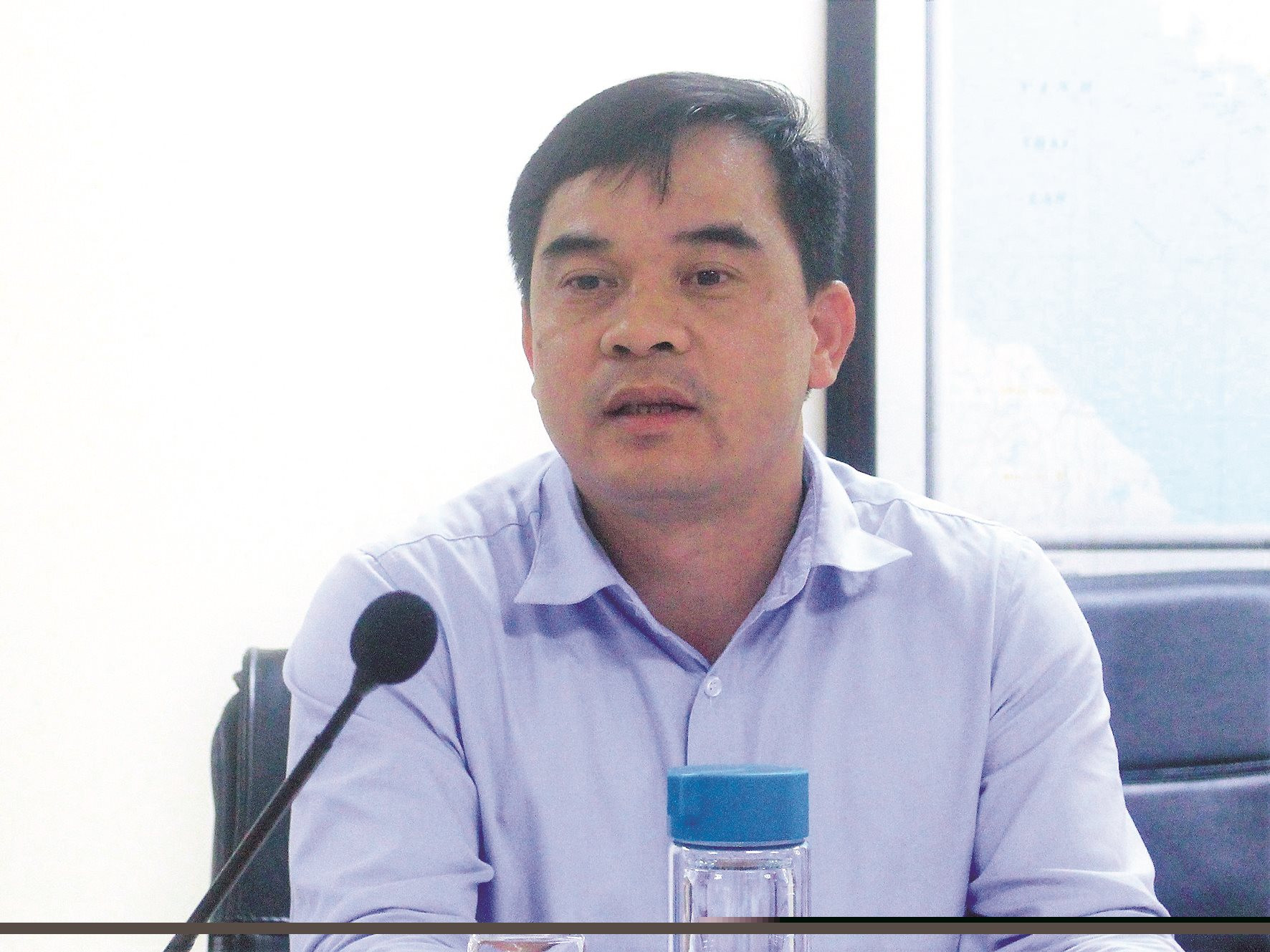
Reporter: Sir, in recent times, how has the management and protection of river beds, banks and beaches contributed to creating a corridor to protect water security and what is the current status of the management and protection of river beds, banks and beaches?
Mr. Nguyen Hong Hieu: Currently, the issue of protecting water resources and ensuring water security is receiving great attention from the Party and the State. However, in some localities, the work of protecting and developing water resources has not yet met the requirements and has not been really focused on. Especially in the process of building provincial planning, the situation of leveling and filling lakes and ponds, embanking, encroaching on rivers, renovating landscapes, encroaching and illegally using land within the water resource protection corridor is becoming increasingly common, complicated and not strictly controlled.
In addition to causing landslides on river banks, streams, canals, ditches, reservoirs, threatening the stability and safety of rivers, streams, canals, and reservoirs, leading to increasingly degraded and depleted water sources, reducing the ability to supply water to people's lives, socio-economic development activities, increasing flooding, reducing the ability to store rainwater... it has also affected cultural, sports, entertainment, recreation activities, conservation and development of historical, cultural, tourism, and religious values...
On the other hand, most of Vietnam's major river systems are transboundary rivers, of which Vietnam is a downstream country. Damming, blocking, construction of hydroelectric projects and operation of hydroelectric plants in the upper reaches of the Red River and Mekong River basins have been and are a direct risk of reducing the flow and sediment into Vietnam, threatening water security.
Regarding the management of activities within the scope of river beds, banks and beaches, the 2012 Law on Water Resources has provisions on ensuring the circulation of water flows in Article 30, provisions on water source protection corridors in Article 31 and provisions on prevention and control of river bank erosion in Article 63. In addition, there are sub-law documents such as Decree No. 43/2015/ND-CP on management and establishment of water source protection corridors and Decree No. 23/2020/ND-CP on sand and gravel in river beds and protection of river beds, banks and beaches. In order to promote this important work, the Ministry of Natural Resources and Environment has issued documents urging the People's Committees of provinces and cities to urgently direct and implement the above contents. Accordingly, up to now, 49/63 provinces and centrally-run cities have approved and announced the list of lakes, ponds, lagoons and estuaries that cannot be filled in the province, and 47/63 provinces and cities have announced the list of water sources that need to establish protection corridors.
Reporter: It is known that the Draft Law on Water Resources (amended) has amended and supplemented regulations related to the protection of river beds, banks and beaches. Could you please tell us more specifically about the content of this policy amendment?
Mr. Nguyen Hong Hieu: In order to comprehensively control activities that affect or are at risk of affecting water resources, the stability of river beds, banks, and reservoirs, water pollution, environmental protection, landscapes, and riverine ecosystems, the Draft Law on Water Resources (amended) has amended and supplemented regulations related to the protection of river beds, banks, and beaches in the direction: Activities of improving river beds, banks, and beaches, constructing hydraulic works, exploiting sand, gravel, and other minerals on rivers, lakes, and water source protection corridors that are at risk of causing adverse impacts on the stability of river beds, banks, and lakes must conduct impact assessments and have plans to protect, prevent, and combat landslides of river beds, banks, and lakes and must be approved in writing by the competent state management agency of water resources, except for activities of preventing and combating natural disasters.
In addition, additional regulations on sand, gravel and other mineral exploitation activities on rivers, the competent authority granting licenses for sand, gravel and other mineral exploitation on rivers must appraise the contents of location, scope, depth of exploitation and exploitation regime before granting the license to ensure that there is no erosion or landslide to protect the riverbed, banks and beaches in order to strengthen the management of sand and gravel exploitation activities on riverbeds, ensuring that there is no landslide or subsidence that adversely affects the riverbed, banks and beaches.
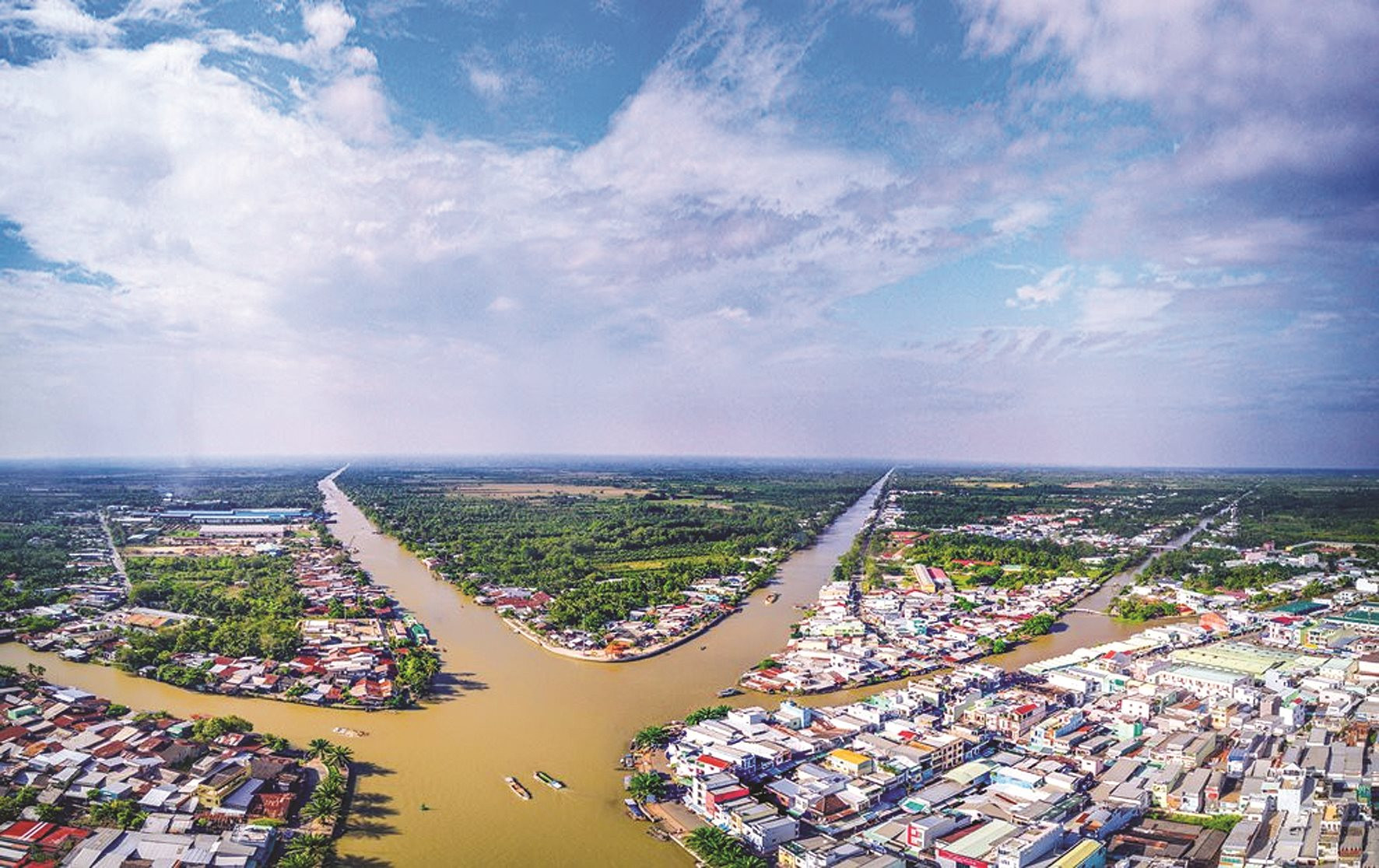
Reporter: The socialization of the water sector has been making an important contribution to the management, protection and development of water resources through mobilizing capital and resources from organizations and individuals, reducing the burden on the State budget and ensuring that water resources policies are implemented effectively and synchronously. How is the policy of socializing the water sector in attracting financial resources to invest in construction works and measures to protect river beds, banks and beaches reflected in the Draft Law on Water Resources (amended), sir?
Mr. Nguyen Hong Hieu: The socialization policy is one of the new policies of the Draft Law on Water Resources (amended), currently stipulated in Articles 72 and 73 of the Draft Law. In which, it clearly stipulates resources for protection, development, storage, and restoration of water resources; clarifies investment activities for development, storage, and restoration of water resources that are prioritized to be implemented in the form of socialization and stipulates issues on conditions, incentives, and support to promote the socialization of the water sector.
Regarding the protection of river beds, banks and beaches, the Draft Law on Water Resources (amended) stipulates priority activities to be implemented in the form of socialization such as restoring degraded, depleted and polluted rivers; constructing works and measures to improve and protect the landscape along rivers and lakes; investing in and implementing works and measures to protect river beds, banks and beaches, etc.
In fact, to restore the currently degraded, exhausted and polluted rivers, it is necessary to combine non-structural and structural measures, in many cases, technical infrastructure plays a key role. According to the experience of many countries in the world, to ensure environmental - economic - social efficiency, the restoration of degraded, exhausted and polluted rivers does not simply consider issues of improving water quality, flow circulation but must also be combined with the restoration and development of ecosystems, water source protection corridors, ensuring multi-objectives, synchronization with socio-economic development, riverside living space on the basis of maximizing the potential value of water sources and riverside objects... Therefore, projects to restore polluted and exhausted rivers are often associated with activities to protect river beds, banks, and beaches, and improve riverside landscapes; requires the participation of many stakeholders, a clear roadmap and plan, and large investment funds.
In our country, in recent years, some localities have proactively implemented related projects such as the Project "Supplying water, renovating and restoring the Tich River from Luong Phu, Thuan My Commune, Ba Vi District" of Hanoi, the Nhieu Loc - Thi Nghe Environmental Sanitation Project of Ho Chi Minh City... with a total investment of thousands of billions. However, the river restoration projects that have been implemented are only pilot projects, the number is very small, and almost do not meet the actual needs with the current state of degradation, depletion and pollution of water sources. At the same time, due to complete dependence on the State budget, the progress of these projects is often prolonged and delayed due to lack of initiative and waiting for procedures, affecting the effectiveness of the projects.
In reality, the demand for investment in water resource protection and water security is increasing, the State budget is under increasing pressure; meanwhile, the mobilization of resources for socialization and investment attraction has not been implemented due to the lack of clear mechanisms. Therefore, the regulation of socialization policies for investment activities in development, water storage and water resource restoration in general and the protection of river beds, banks and beaches in particular in the Draft Law on Natural Resources (amended) this time will create a legal corridor, favorable and attractive conditions to encourage and promote the participation of organizations, individuals, economic sectors and social resources in the protection and sustainable development of water resources.
PV: Thank you very much!
Source






















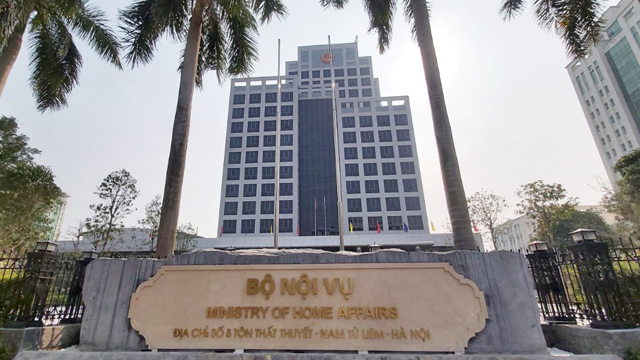

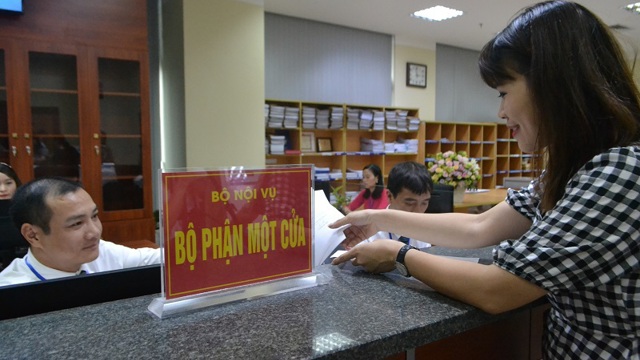






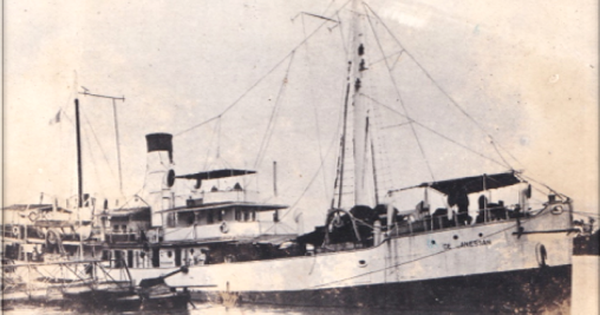



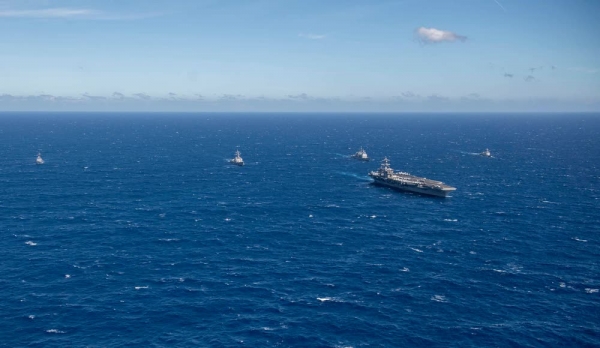
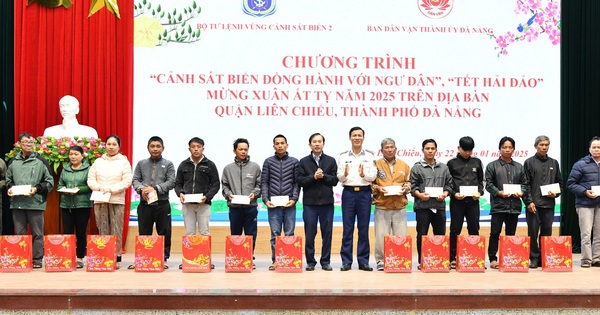
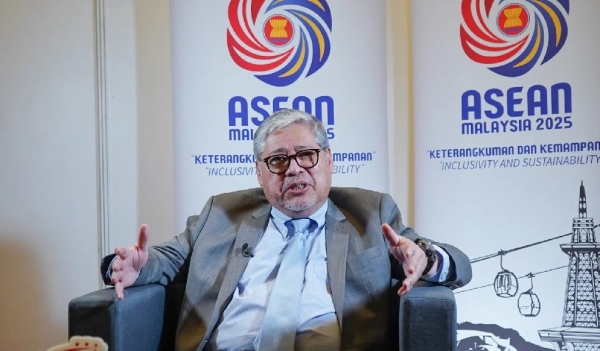
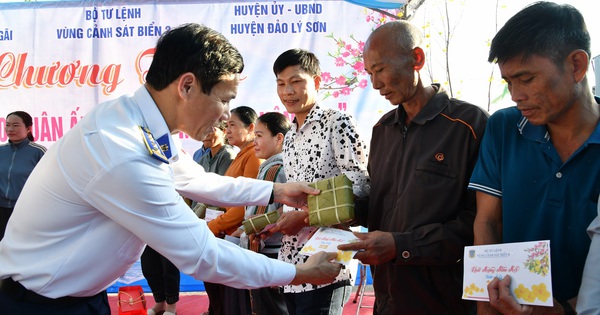
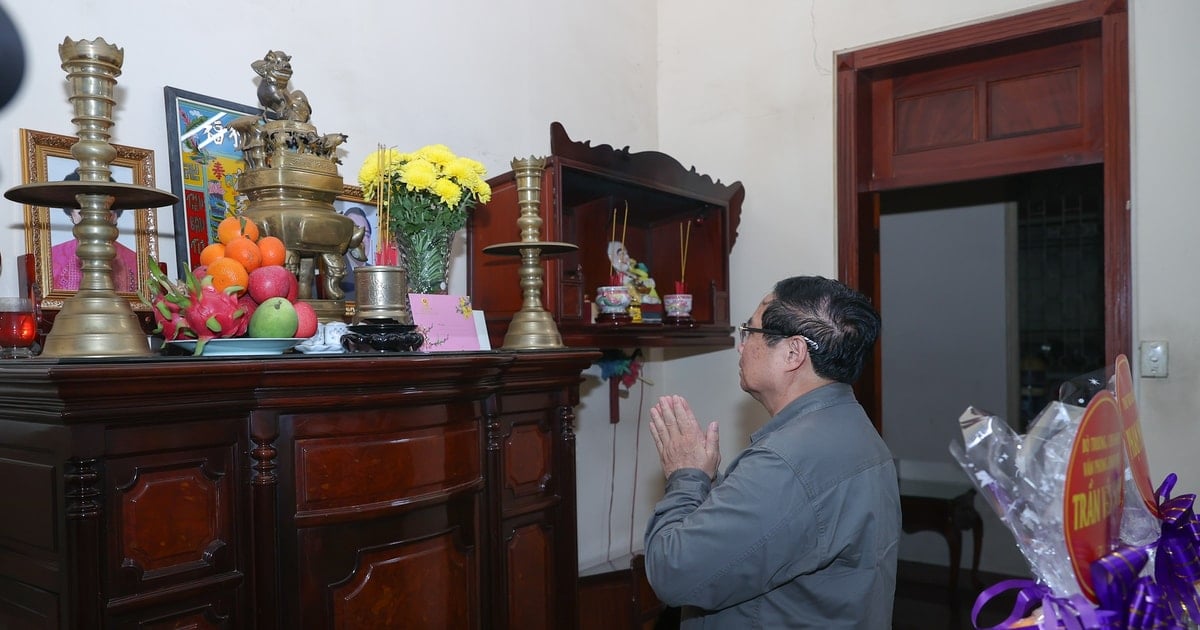
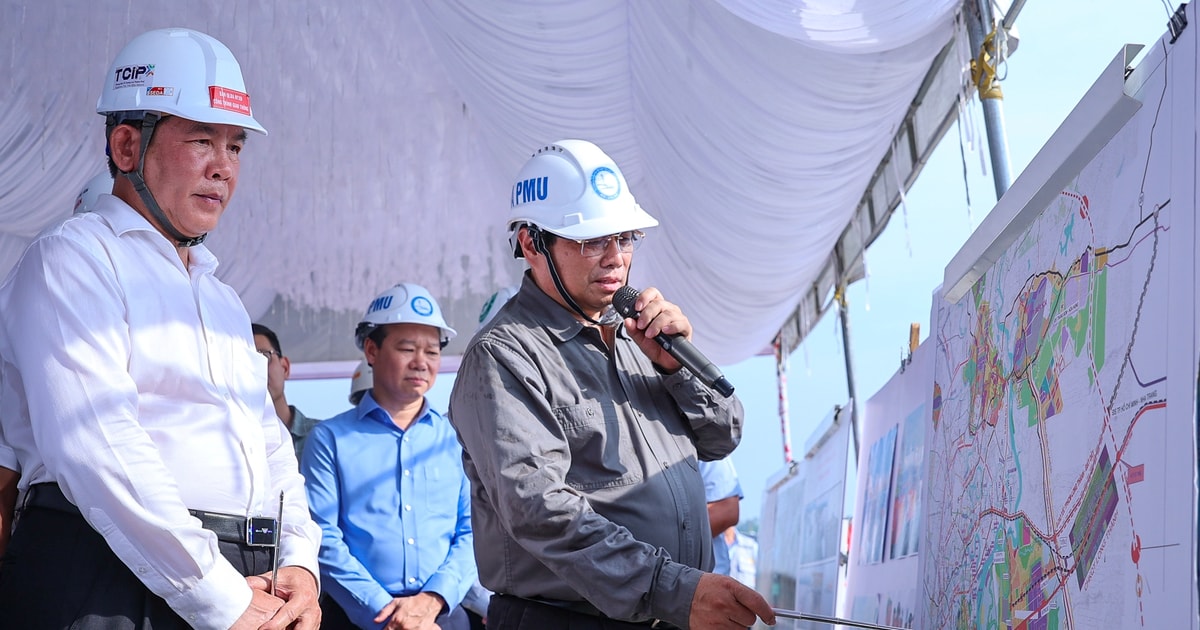
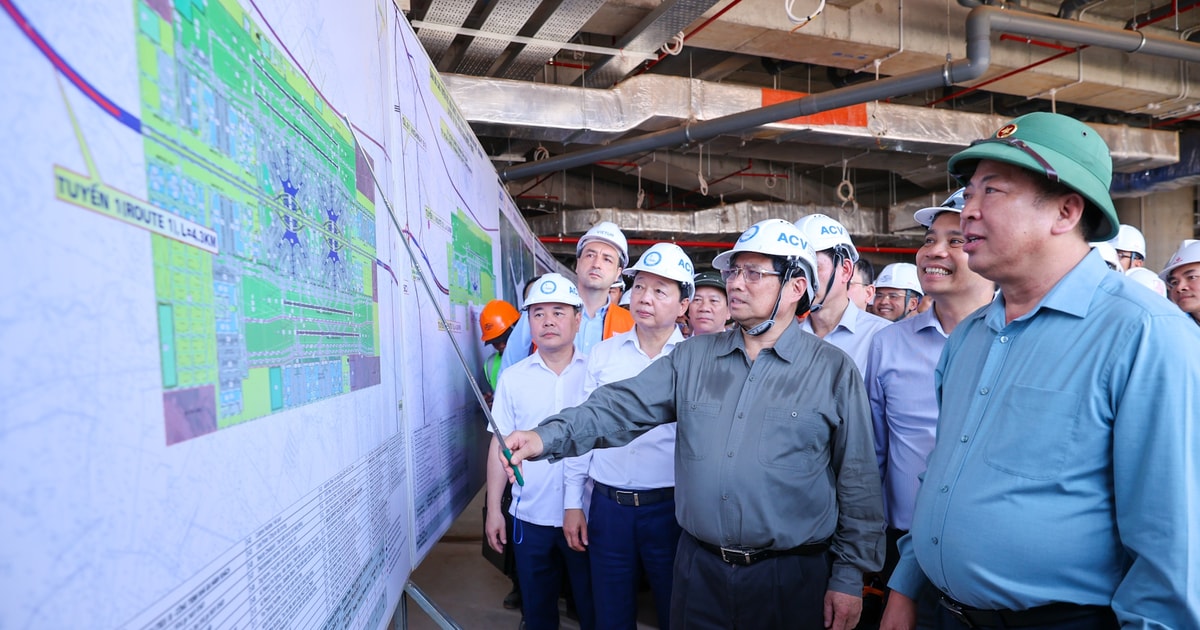
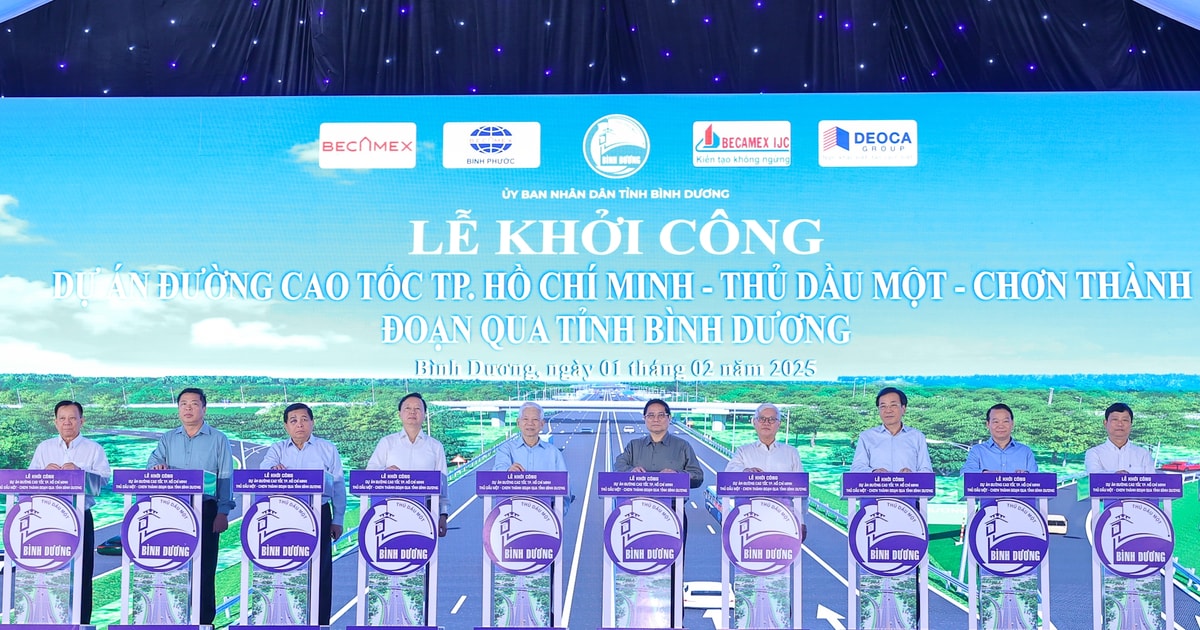
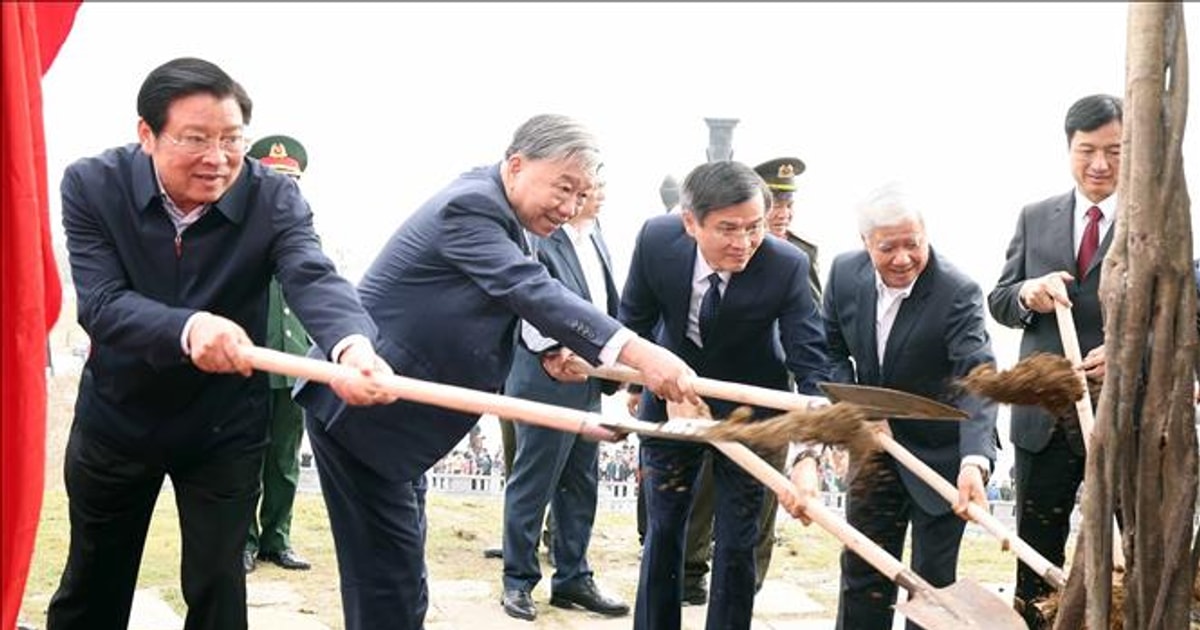




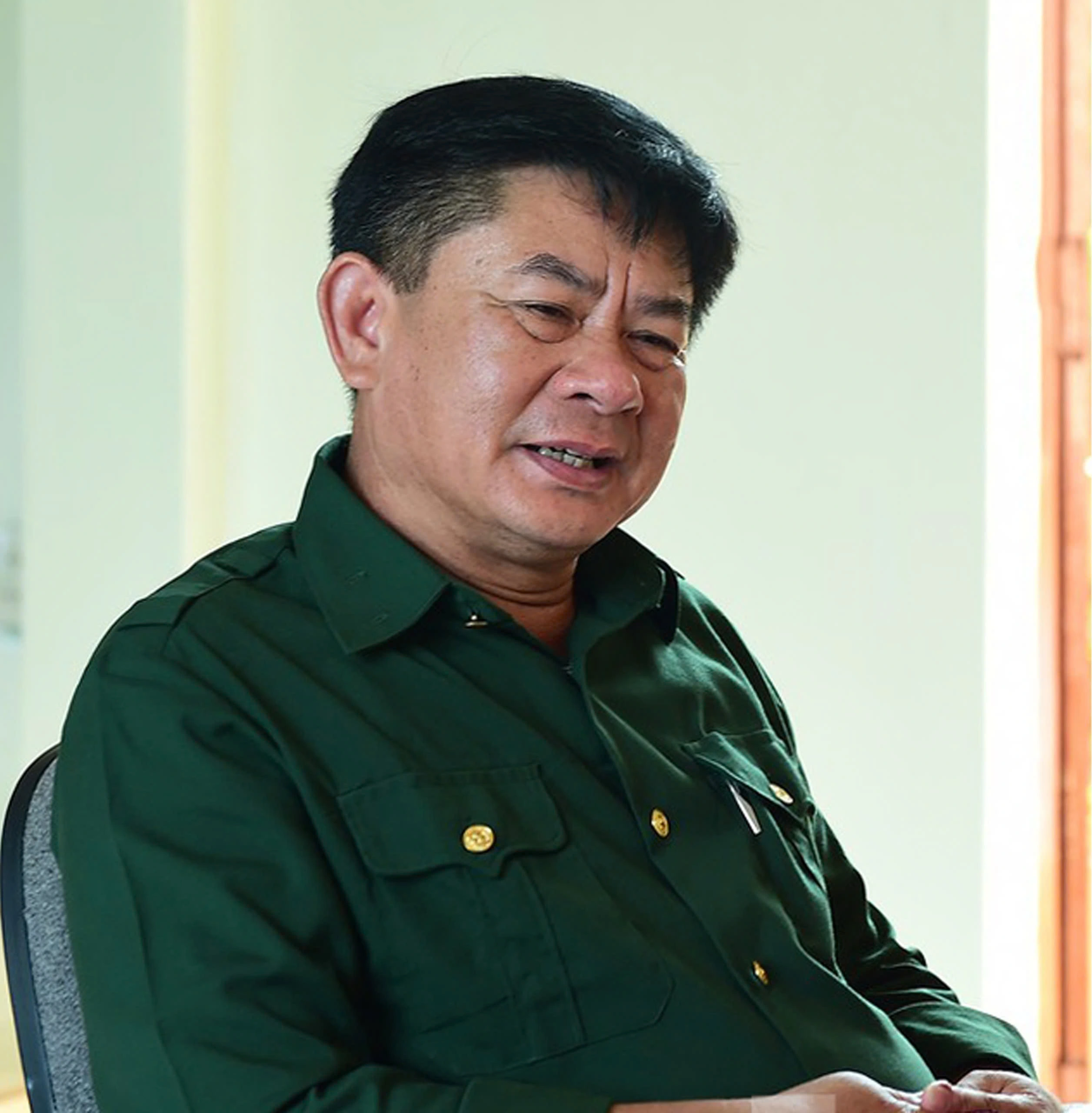









Comment (0)